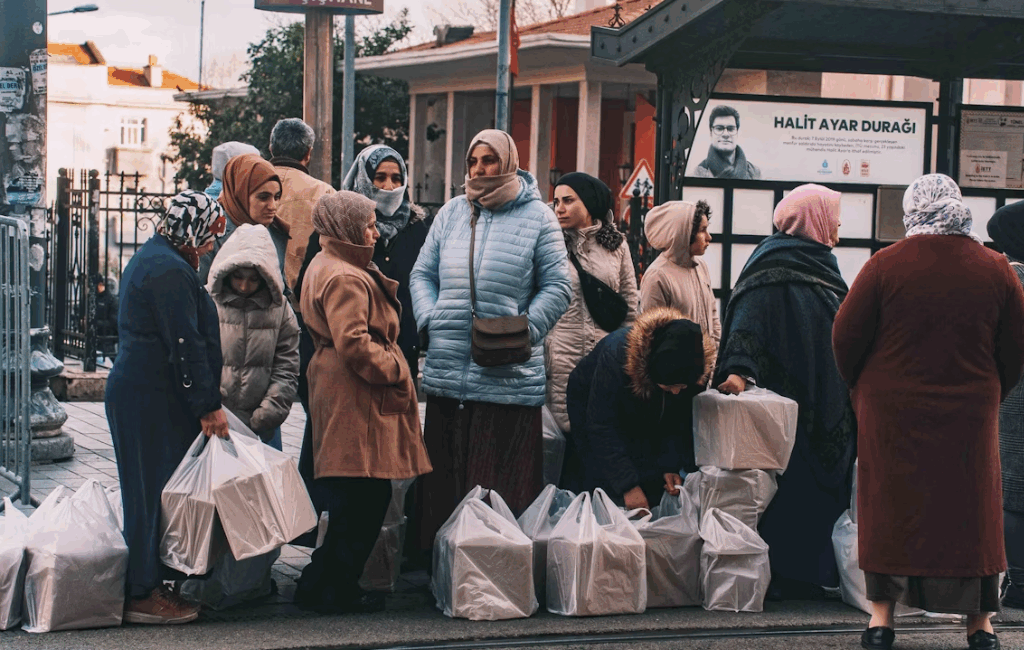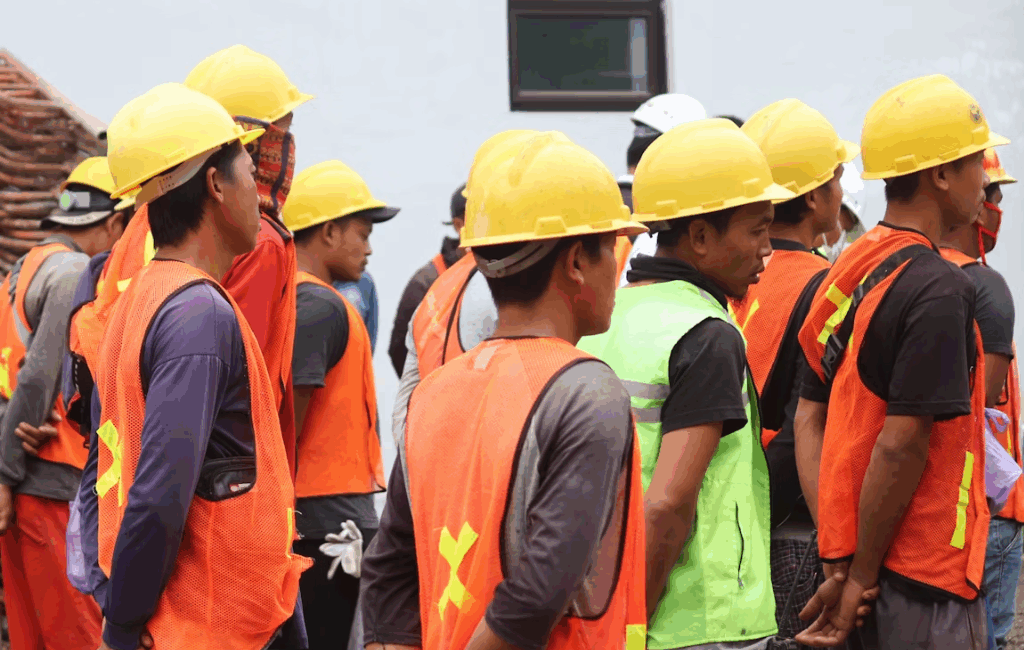
RESEARCH EXCHANGE
Why development agencies need city partners to address climate mobility
Author
About
Janina Stürner-Siovitz
migration governance
The influence of climate change on migration and displacement is opening a critical window of opportunity to build partnerships between development agencies and local governments. By moving from consultations and project-based work to systematic co-creation within local-international partnerships, development agencies can step up their work on climate mobility and local governments can spearhead community-driven solutions.
Drawing on Equal Partnerships research, this short explores the transformative potential of collaboration between local governments and development agencies, highlighting strategic entry points for multi-stakeholder action on climate mobility.
Why think about cities and climate mobility now?
Equal Partnerships is a policy-oriented research initiative working with African mid-sized cities in Ghana, Kenya, Morocco, Senegal, Tunisia and Uganda. The project’s findings:
- show the potential for multi-stakeholder cooperation to address climate mobility, migration and displacement
- identify entry points for impact-oriented partnerships, including between development agencies and local governments.
While cities sit at the crossroads of climate change, migration, and displacement, partnerships between development agencies and city governments remain the exception. Too often, development agencies perceive local governments – particularly in the Global South – as lacking the mandates, resources and capacities to act as relevant partners for strategic engagement. At the same time, local governments face significant barriers in making their priorities heard or accessing international support. The result is a vicious cycle of non-cooperation that reproduces such realities, prevents locally-led engagement and deprives development agencies of invaluable knowledge and community access.
Our research identifies five steps to break this vicious cycle and co-create local-international climate mobility partnerships
Step 1: Start where cities act: Anchor partnerships in local responsibilities.
Zooming-in on municipal mandates and responsibilities, our research shows that most people displaced in contexts of climate change move within their own countries. In such situations, local governments not only hold mandates to address the local consequences of climate change but also to support those arriving due to climate events in other parts of the country. Those municipal responsibilities can serve as anchor points for cooperation agreements on climate mobility between local governments and development agencies.
Step 2: Think beyond target groups: Invest in area-based approaches.
Developing area-based approaches allows local governments and development agencies to move from a narrow focus on internally displaced persons towards more inclusive actions as area-based approaches address the needs and potentials of entire city areas. Rooted in urban planning, this method carries high potential for interlinking multi-stakeholder strategies with urban development plans.
Step 3 Flip the script: Align partnership goals with city plans, not the other way round.
When it comes to climate change, migration or displacement, international development agendas tend to influence city priorities rather than the other way round. In combination with short-term, project-based cooperation, this dynamic risks forcing local actors to reinvent the wheel instead of building on previous achievements and designing context-sensitive approaches. As agency funding depends on the priorities of national governments and (inter)national donors it seems unlikely that project-based ways of working will be systematically abandoned in favour of long-term, structural cooperation with local actors on the ground. Even so, aligning partnership objectives with municipal interests and urban development plans allows stronger continuity, institutional learning and strategic impact.
Step 4: Fund the front-end: Make time and budget for co-creation.
Genuine partnerships don’t start at implementation—they start with shared agenda-setting. Development agencies should therefore engage with donors to discuss “impact maximising funding”. Such funding would allow agencies to
- establish long-term contacts with local governments in their geographic areas of engagement (independently of current project cooperation) and
- finance pre-programming coordination with local and national governments and other local stakeholders to ensure co-creation from the start.
This might be difficult to sell to donors who look for immediate results as participatory approaches tend to take longer and might be messier than top-down engagement. Nevertheless, such approaches hold appeal for donors who support system-based, multi-stakeholder engagement, acknowledging that social change is not linear, and experimentation is the way forward.
Step 5: Plan for uncertainty: Future proof from the start.
Experimentation is key when addressing climate mobility given that interdependencies between climate change, migration and displacement are difficult to predict with accuracy. Scenario building is helpful, but so far remains predominantly focused on the national and international level. Development agencies should work with local governments to urbanise data on climate change and climate mobility, build urban scenarios and support urban climate resilience planning that is adaptable by design.
In short, remember:
- Anchor partnerships in local mandates and realities: Anchor local-international partnerships in municipal responsibilities and move beyond narrow target groups to make multi-stakeholder action more inclusive, effective, and grounded in local context.
- Value local priorities and invest in co-creation: Shift power dynamics by aligning partnership goals with urban priorities—not the other way around. Achieving this requires flexible, long-term funding that supports early-stage collaboration, fosters mutual learning, and prioritizes locally-driven solutions from the very beginning.
- Ensure future-proofing by design: Embrace experimentation and future-proof strategies by localizing data, building urban scenarios, and embedding adaptability into urban climate resilience planning.
- Anchor partnerships in local mandates and realities: Anchor local-international partnerships in municipal responsibilities and move beyond narrow target groups to make multi-stakeholder action more inclusive, effective, and grounded in local context.
Learn more:
- Policy Brief – Climate mobility in African intermediary cities: Strengthening local government responses through multi-stakeholder partnerships.
- Research Project – Equal Partnerships
Janina Stürner-Siovitz is a co-founder and the main research lead of Equal Partnerships, developing impact-driven research to inspire multi-stakeholder partnerships for urban migration governance.
Submit your idea for a ‘short’ to be featured on the Co-Lab.












